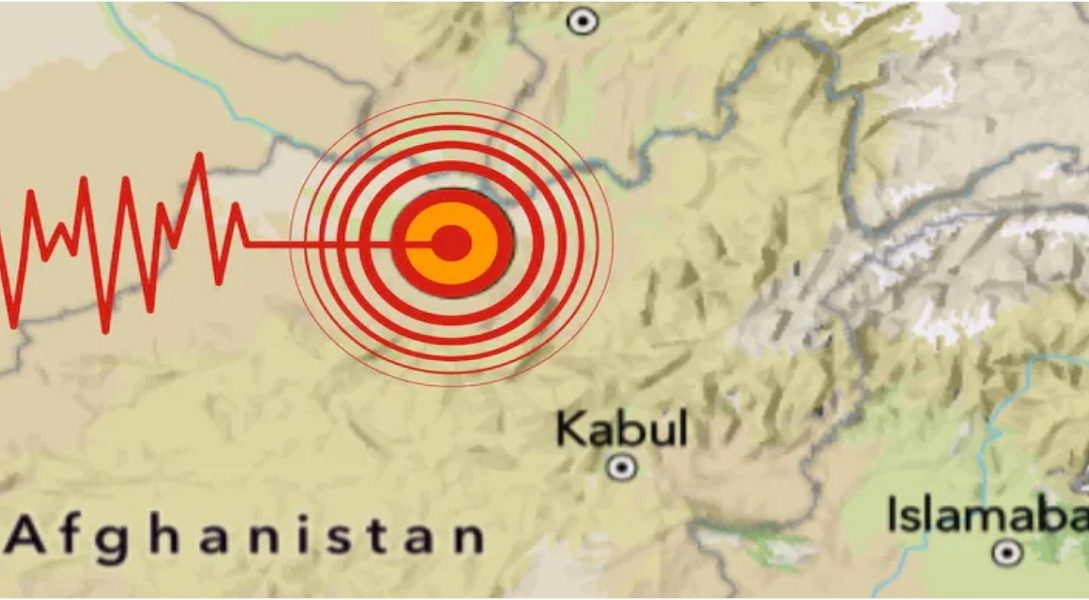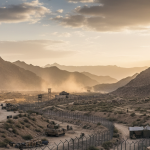WORLD NEWS
KABUL: A powerful 6.3-magnitude earthquake struck northern Afghanistan early Monday, leaving at least 20 people dead and more than 350 injured, according to local officials.
The tremor caused widespread panic and significant damage in and around Mazar-e-Sharif, one of the country’s largest cities.
The US Geological Survey (USGS) reported that the quake’s epicenter was located about 28 kilometers deep near Mazar-e-Sharif, a city of roughly 520,000 residents. Strong shocks were also felt across Balkh and Samangan provnces, where frightened residents fled their homes during the night.
Authorities have launched large-scale rescue and relief efforts as the casualty count continues to rise.
Samim Joyanda, a spokesperson for the Samangan provincial health department, said while talking to local media, adding that “around 350 people have been injured and seven confirmed dead so far,” with victims taken to nearby hospitals for treatment.
The Taliban Ministry of Defence said both Balkh and Samangan were the worst affected areas. Military units and emergency teams have been deployed to assist with evacuations, distribute aid, and provide medical support.
Health Ministry spokesperson Sharafat Zaman said hospitals in the region have been placed on high alert, warning that the number of casualties could increase as search operations continue in remote areas.
Local authorities in Balkh province reported partial damage to the historic Blue Mosque (Shrine of Ali) in Mazar-i-Sharif, one of Afghanistan’s most prominent landmarks. Videos shared on social media show collapsed buildings, debris-strewn streets, and rescue workers struggling to pull survivors from the rubble.
The USGS has issued an orange alert under its PAGER impact system, suggesting that significant casualties and damage are likely.
Similar alerts in the past have prompted large-scale regional response efforts.
Afghanistan lies on two active fault lines, making it one of the most earthquake-prone regions in Asia. In recent years, the country has suffered several devastating quakes — including a 6.0-magnitude tremor in August that killed over 2,200 people in the east, and a series of powerful quakes that struck Herat province in 2023. Hundreds also lost their lives in Nangarhar in 2022.
Experts say the impact of such disasters is often worsened by **poor construction standards, rugged terrain, and a weak emergency response system.
The quake comes as Afghanistan struggles with deepening poverty, a severe drought, and the return of thousands of refugees from Pakistan and Iran. Since the Taliban’s takeover in 2021, international aid has fallen sharply, leaving the country with limited resources to handle major natural disasters.
Relief agencies have warned that without sustained international support, Afghanistan’s ability to respond to crises of this scale will remain critically inadequate.
Read more: https://nayakashmir.com/punjab-cities-gasp-as-thick-smog-engulfs-lahore-dg-khan-and-kasur/
















